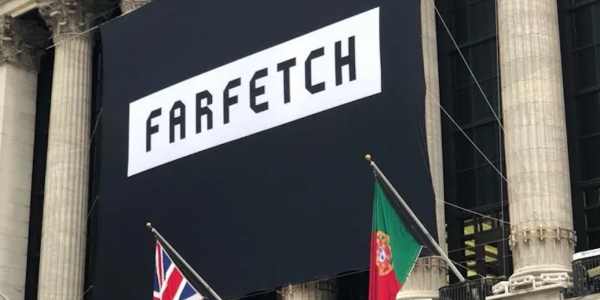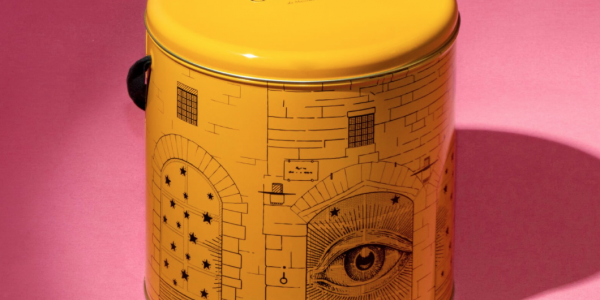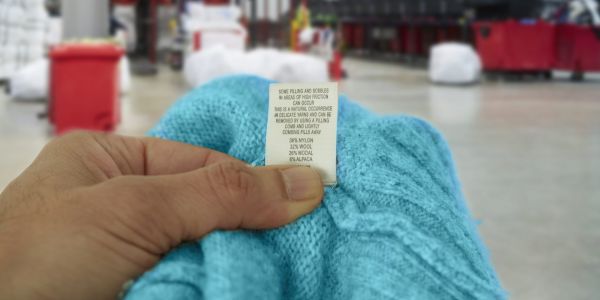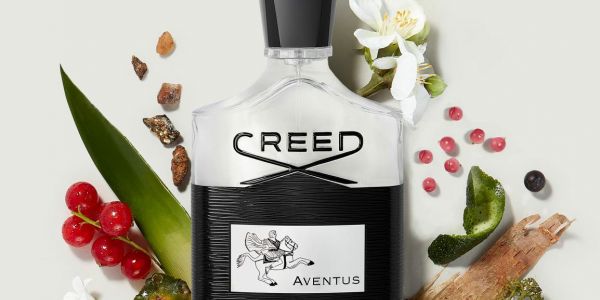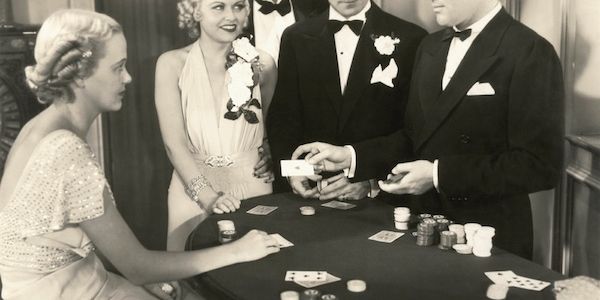There’s nothing like kicking a man when he’s down. Multibrand etailer Farfetch was a star that burned big and bright, and looks like it is running out of gas quickly.
Following its rescue by the South Korean giant Coupang, luxury group Kering has announced it will end its contract with Farfetch. This means it will no longer supply brands like Gucci, Balenciaga and Saint Laurent directly.
BOF reported that Farfetch is trying to access brands such as Loewe, Givenchy and The Row by working with a wider range of third-party boutiques to upload their inventory to Farfetch in exchange for “complete anonymity” to avoid repercussions from luxury brands.
This makes Farfetch look like Russia, who, no longer directly supplied by brands, is still able to get what it wants. Reports suggest...
ChicGeek Comment – Do popularised weight-loss drugs like Ozempic signal the end of plus-sized fashion?
Written on .
There’s an elephant in the room and I’m not being insensitive. Much like sustainability, many fashion brands have gone quiet on inclusive sizing. A few of years ago, catwalks and fashion weeks were full of designers heralding the latest plus-sized model squeezed into their newest creation. Many designers seemed to have just put the ‘body inclusive’ models into the same samples and hoped for the best. The industry was too polite to criticise.
More than 750 million people are living with obesity, which causes 5% of deaths globally, according to World Health Organization estimates.
For the SS24 show season, a Vogue Business size inclusivity report found 95.2 per cent of looks presented were in a straight-size (US 0-4). This is a slight improvement on AW23, where 95.6 per cent...
Comment Calvin Klein’s Zeitgeist Casting
Written on .
Would you drink this brand’s bath water?
The revolutionary idea to brand underwear with your own name, sex it up with physically perfect models and offer it at inflated prices created, arguably, the most powerful brand in underwear. From its inception in the 1980’s, Calvin Klein Underwear, aesthetically, has always been based on the classicism of the ancient ideals of the male body; plus muscles and a few bulges.
The move into using male celebrities hit the perfect step in the 1990s with Marky Mark and has continued up until today with the new spring 2024 campaign with actor Jeremy Allen White. It has got social media all of a flutter.
The Bear actor is seen flaunting his physique while the constant is the tighty-whitey underwear. There’s nothing new to see. No innovation or...
Comment Bad (Branded) Christmas Trees
Written on .
Louis Vuitton’s Claridge’s ‘Tree’
We’ve all heard of Bad Santa, but what about bad Christmas trees? Whether Pagan, Christian or anything else, we all except the commercialisation of Christmas. It is the retailers and brands biggest time of the year, most of the world over, and the reason it is called the ‘Golden Quarter’.
The designer Christmas tree isn’t new. From shopping centres to hotels to train stations, brands have grasped the opportunity to look altruistic and generous while getting their names out there and many metres tall. The host gets a free tree, usually to a high spec, and the subsequent publicity interest and social media potential of having a ‘big name’ attached to the tree.
Gucci’s tree for Galleria Vittorio Emanuele II
There...
Comment: Baked Goods: The New Luxury Entry Product
Written on .
Gucci Osteria’s panettone tin
Once the luxury goods industry’s entry level products, today, consumers are balking at the price of perfumes and sunglasses with some premium brands even touching four figures. In the US, beauty retailer, Sephora has taken to locking up its fragrance section due to rampant shoplifting.
A luxury downturn and cost-of-living pressures has made many people rethink these purchases and some are looking for something less pricey, but still with that all important name and branded packaging, especially during gifting season.
Baked goods and other edible treats are now the entry products from the world’s biggest luxury brands. Brands like Dolce & Gabbana, Gucci and Prada, through its Marchesi 1824 brand, are all pushing panettones, balsamic vinegars...
Comment Happy Snapper: The Anti-AI Future Is Unpredictable
Written on .
The biggest annual date in the Christmas marketing calendar, the new John Lewis advert was unveiled to great fanfare earlier this month. The story is about a young boy excitingly planting a seed to grow a Christmas tree and instead finds himself confronted with a giant Venus flytrap. The unruly carnivorous plant doesn’t fit the traditional tree stereotype held by the family and is relegated to the garden. It soon becomes cherished thanks to it spitting out a collection of tailored gifts all to the sound track of original song ‘Festa’ sung by Italian Andrea Bocelli.
More big shop of horrors than Little Shop of Horrors, recently, John Lewis needed something to capture the public’s imagination and get the tills ringing.
The advert seems to be a hit and garnered 240 pieces of...
Comment Fibre Fraud: Fashion’s Labelling Scandal
Written on .
Do you know what your clothes are made of? Like, really made of. Most people would simply refer to and trust the care label inside to see the make up of the item they are wearing. But, what if this didn’t match the actual fibres in your clothes?
Fibre fraud is widespread within the fashion industry with many studies finding that the labels don’t match the advertised content.
In 2019, Circle Economy, a global impact organisation founded in 2011, tested over 10.000 garments using a Fibersort machine finding in 41 per cent of cases the garment composition labels did not match the composition of the garment.
If this was in the food industry there would be a national scandal and questions asked in parliament. It is the fashion industry’s equivalent of the 2013 horse meat...
Comment – Good Buy Creed?
Written on .
News in that Kering, the luxury giant that owns Gucci, Balenciaga and Bottega Veneta, has bought the fragrance company favoured by Essex boys, Creed. Reports say that the first major acquisition for ‘Kering Beauté’ has cost the group $2 billion for the niche fragrance house.
Kering could be a company on the luxury fragrance rebound after narrowly losing out on the Tom Ford label to Estée Lauder for $2.8 billion last year.
When you compare the two brands and prices it feels hard to believe that $2 billion is the correct price for Creed. Tom Ford has a much bigger store network, categories and potential for growth. Creed’s annual revenues of over €250 million ($273 million) for the year ending March 2023 compares meekly with Tom Ford’s revenues estimated to be in the region of $800...
What’s happened to fashion’s personalities?
Written on .
As the gavel came down in New York, and the memorial service ended in London, fashion said goodbye to two of its biggest and most recognisable personalities.
The Collection of André Leon Talley, one of Anna Wintour’s most trusted editors at American Vogue, featuring artworks by Warhol – Talley worked at his magazine, Interview – and ALT monogrammed luggage (lots of it) was sold by Christie’s in New York. Talley’s larger-than-life character and presence, not to mention his kaftans and fur, made him an instant fashion celebrity. On first name terms with the world, the collection smashed estimates, fetching nearly $1.4 Million.
In London, the grand dame of British fashion, Vivienne Westwood, was remembered at a memorial service at Southwark Cathedral. Kate Moss, Victoria Beckham...
More and more people are choosing to play games on their phone
Written on .
Mobile devices have revolutionized more than just our everyday lives. They have influenced the development of many industries, including the gambling market. Fans of cash games no longer have to leave the house and go to a land-based casino to feel the excitement of their favorite pastime. What’s more, they can always take their favorite games with them and play them on the go too.
The best mobile-friendly online casinos rated allow you to enjoy smooth gameplay. They offer a large selection of games, attractive bonuses and convenient payment options. It is no surprise that more and more players are moving away from playing at land-based casinos and those available on a computer, in favor of mobile casinos that are launched with the touch of a button.
The digital age has changed the...
- 1
- 2
